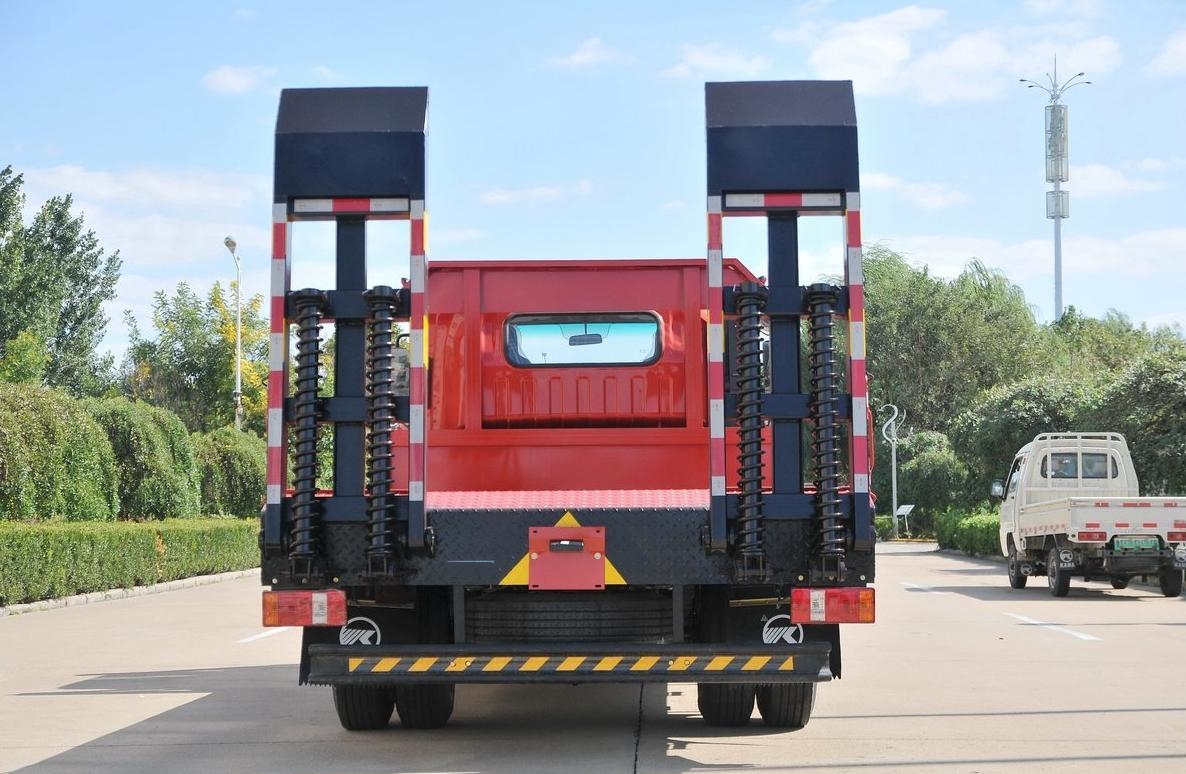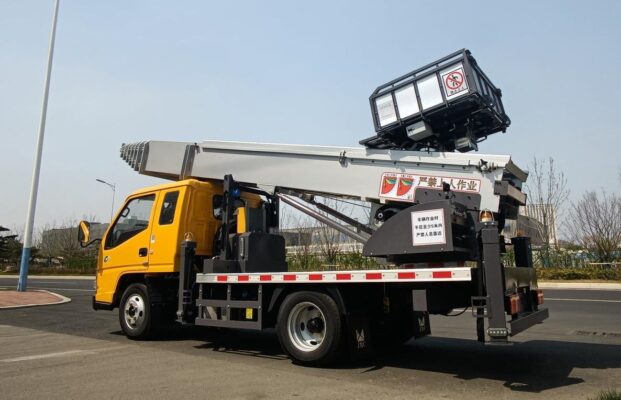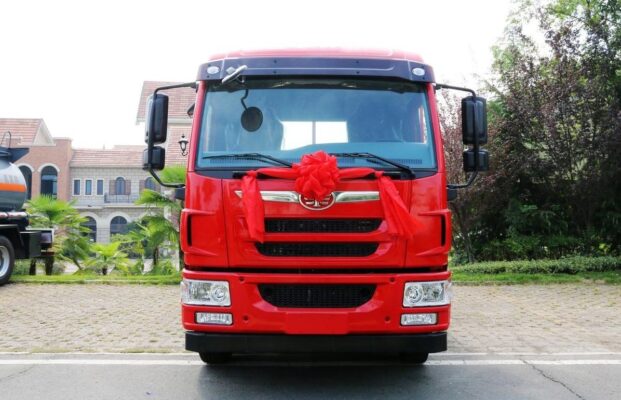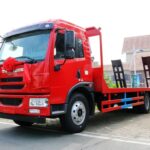I. General Provisions
- Site Awareness: Before commencing lifting operations, operators must thoroughly assess the working environment, travel routes, building structures, and the weight of the objects to be handled.
- Operation Signals: Operators must sound a warning before initiating actions such as hoisting, slewing, luffing, or traversing. All signals from the designated signal person must be strictly followed. Operators of specialized equipment must possess a valid special operations certificate.
- Adverse Weather Conditions: Outdoor lifting operations must cease in severe weather conditions, such as winds exceeding Force 6, heavy rain, snow, or dense fog.
- Safety Devices: All safety devices, including boom angle indicators, load moment limiters, and travel limit switches, must be fully functional, sensitive, and reliable. These should not be tampered with or removed arbitrarily.
- Load Handling: Cranes must operate within their rated lifting capacity. Lifting objects with an unknown weight or overloading is strictly prohibited. In special cases requiring overload operation, safety measures must be implemented, approved by the company’s technical head, and monitored by a designated supervisor.
- Improper Use Prohibition: Using cranes for inclined pulling, inclined lifting, or hoisting objects embedded underground or bonded to the ground is forbidden. Precast concrete elements or templates must be fully loosened before lifting.
- Securing Loads: Objects being lifted must be securely tied and stabilized. No additional items may be placed or hung on the object. During full or near-full load lifting, the object must first be hoisted 20-50 cm above ground level and halted for inspection of the crane’s stability, braking reliability, and load balance. Only after verifying these aspects can lifting continue.
- Proximity to Power Lines: The minimum horizontal distance between any part of the crane or lifted load and overhead lines (below 10kV) must be at least 2 meters.
- Wire Rope Management: Wire ropes on the drum must be securely attached and neatly arranged. When unwinding the rope, at least three loops must remain on the drum. Prevent loops, knots, bends, and disarray. When using clips to secure ropes, there must be at least three clips, and the saddle of the clip must face the load-bearing side.
- Operator Certification: Crane operators must undergo proper training, pass examinations, and hold a special operations certificate before commencing work.
II. Tower Cranes
- Track Installation: For track-mounted tower cranes, the foundation and track must be constructed per manufacturer specifications and technical standards.
- Assembly and Disassembly: Installation, jacking, and dismantling must follow the manufacturer’s instructions. Safety measures must be prepared, and operations must be supervised by professionals with technical and safety personnel present.
- Safety Features: Tower cranes must be equipped with travel, boom luffing, hook height, and load moment limiters.
- Vertical Alignment: After installation, the tower crane’s mast must maintain a vertical deviation of no more than 3‰ under no-load conditions.
- Electrical Systems: Temporary power distribution boxes should be placed near the track center. Power switches must meet regulations, and cable drums must be flexible and safe without dragging cables.
- Signage Restrictions: No slogans or signs may be hung on the tower mast.
- Pre-Operation Checks: Inspect the track for straightness, settlement, and loose bolts. Clear obstacles and release rail clamps. Verify the normal function of brakes, safety devices, and protective equipment.
- Controller Operation: Controllers must be operated sequentially without skipping steps. When changing directions, return the controller to neutral, wait for the motor to stop, and then switch directions. Avoid abrupt starts or stops.
- Movement Limits: When the hook approaches the boom’s top, the trolley reaches the end of the track, or the crane nears the track end, slow down and stop at least 2 meters from the limit.
- Load Handling and Safety: Suspended loads must not be freely dropped. During horizontal movement, the load must clear obstacles by at least 0.5 meters.
- Rotation Limits: Tower cranes without the main winch on the counter-jib must not continuously rotate in one direction.
- Load Monitoring: Cranes with mechanical load moment limiters must adjust the limiter settings according to the operating radius and allowable load for that radius.
- Restricted Operations: Lifting on curved tracks or swinging loads while turning is prohibited.
- Post-Operation Securing:
- Park the crane mid-track. Rotate the jib to align with the wind direction, release the swing brake, and secure the rail clamps.
- Set all controls to neutral, turn off switches, and lock the operator’s cabin.
- Secure the crane with additional tie-downs if winds above Force 8 are expected.
- Self-Erecting Tower Cranes:
- Maintain balance by positioning counterweights correctly.
- Allow only three persons in the dedicated lift at a time. Suspend lift operation during jib movement or lifting.
- During jacking, assign personnel to monitor the power supply and hydraulic system while loosening cables appropriately.
- Climbing and Attachment Cranes:
- Ensure foundations and attachment points meet operational stress requirements.
- Use transit levels to check vertical alignment of the tower mast.
- Secure all attachment brackets firmly to the building and crane.
III. Construction Elevators
- Foundation Requirements: The elevator foundation must be concrete with a load-bearing capacity exceeding 15 tons per square meter, leveled to within 10mm.
- Installation Accuracy: Measure and align guide rails using a transit level. Vertical deviation must not exceed 0.05% of the height.
- Safety Barriers: Guardrails must be installed within a 5-meter radius of the elevator. Each landing and bridge must be stable and reliable.
- Pre-Operation Inspections: Verify structural integrity, tightness of bolts, and proper tensioning of wire ropes. Clear any operational range obstructions.
- Load Management: Distribute loads evenly and avoid overloading.
- Adverse Weather Precautions: Stop operations during heavy rain, fog, or winds exceeding Force 6, and lower the car to the base level.
- Post-Operation Procedure: Lower the car to the base level, switch controls to neutral, disconnect the power supply, and lock all gates securely.
By adhering to these detailed guidelines, operators can ensure the safe and efficient use of lifting machinery in various work environments.











